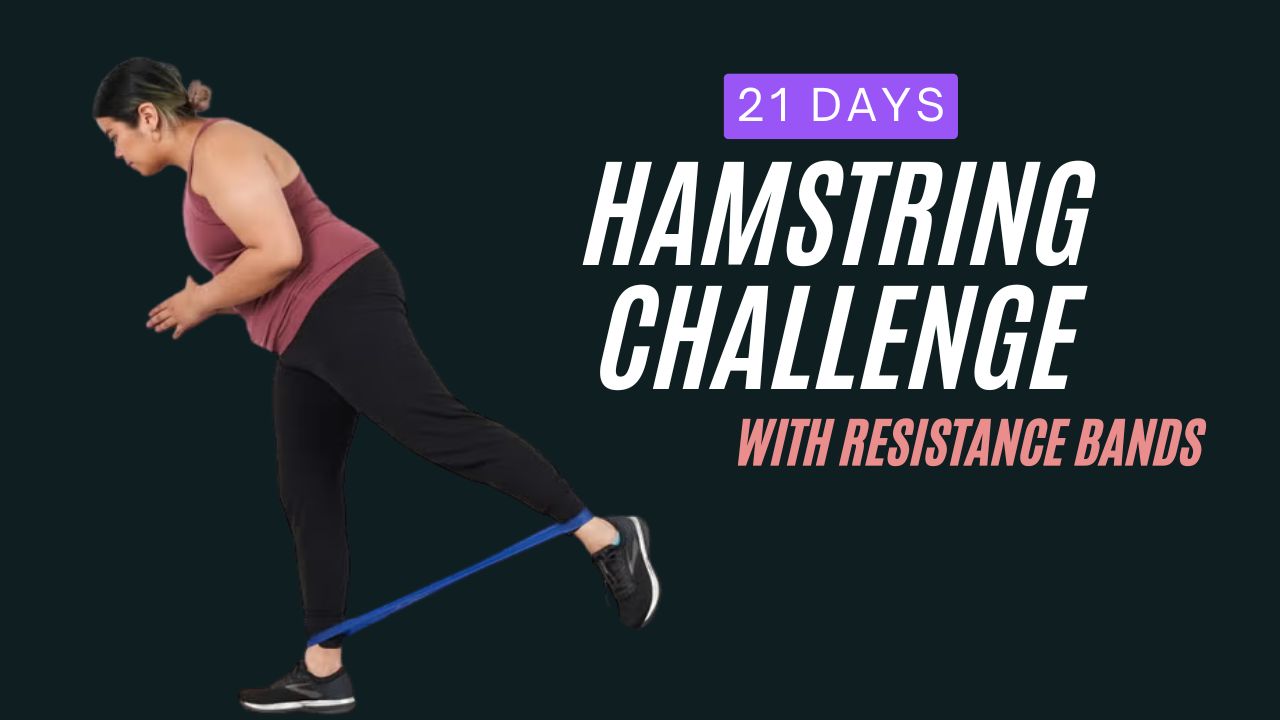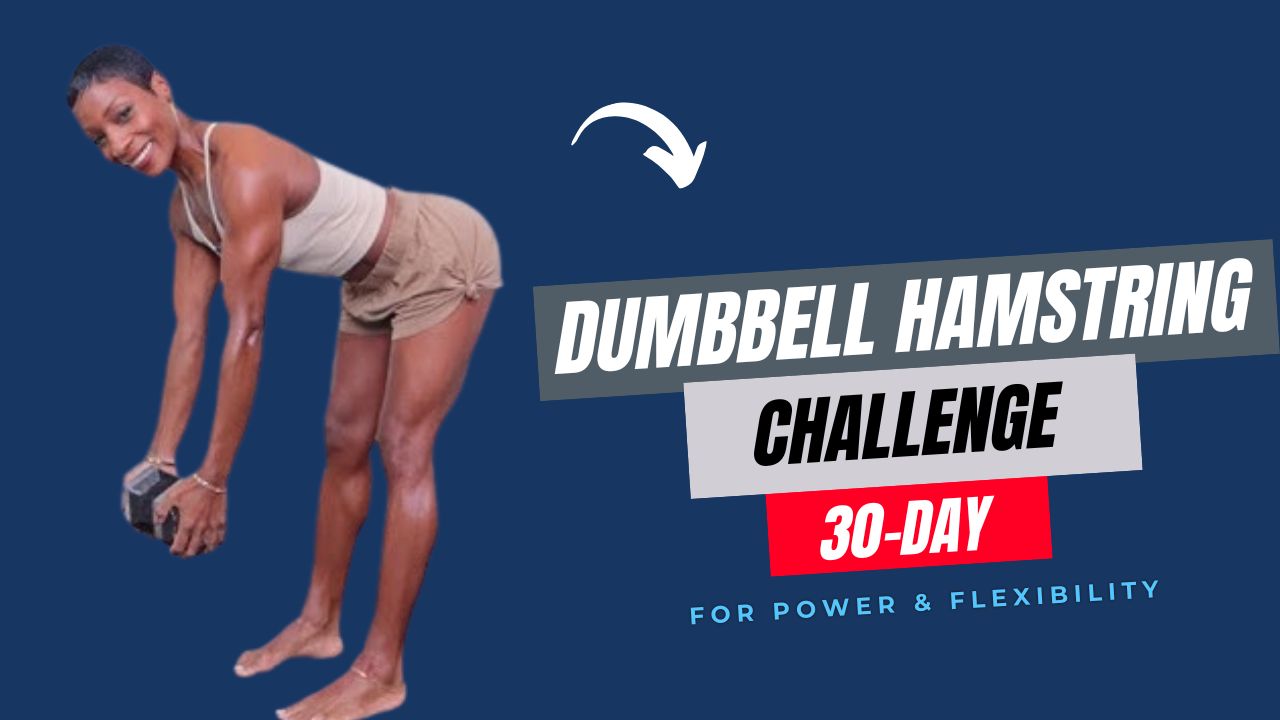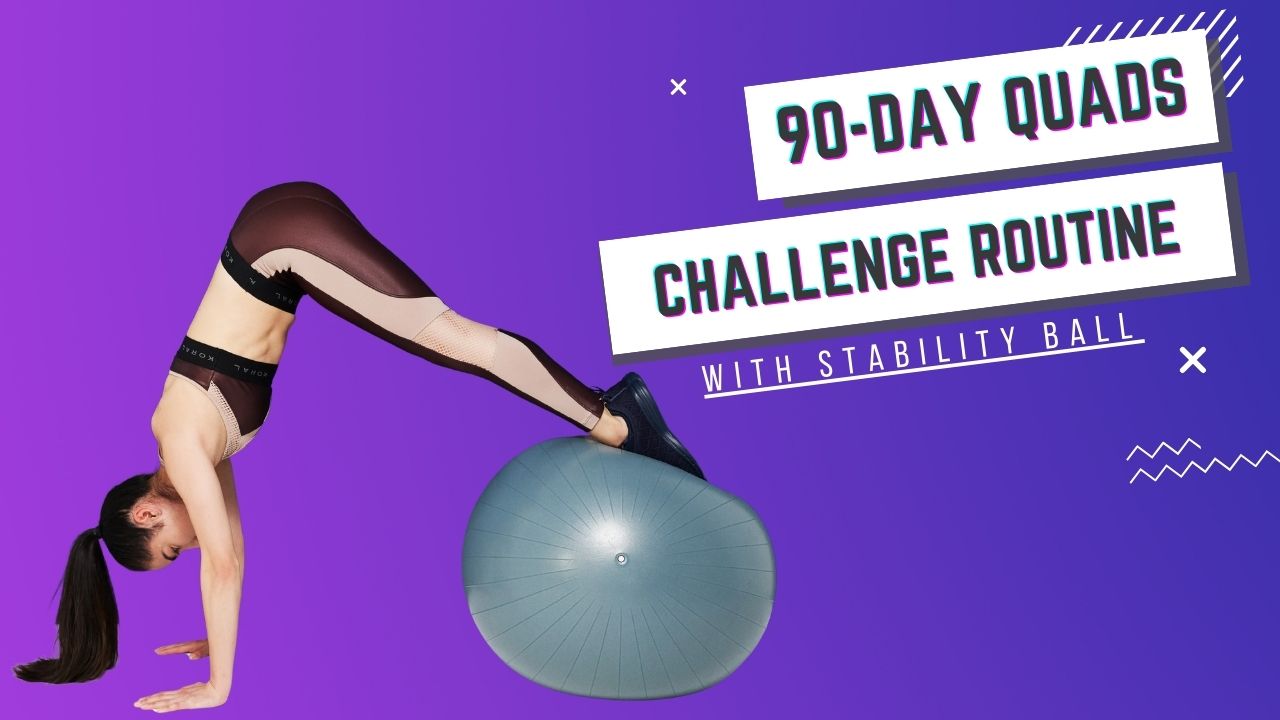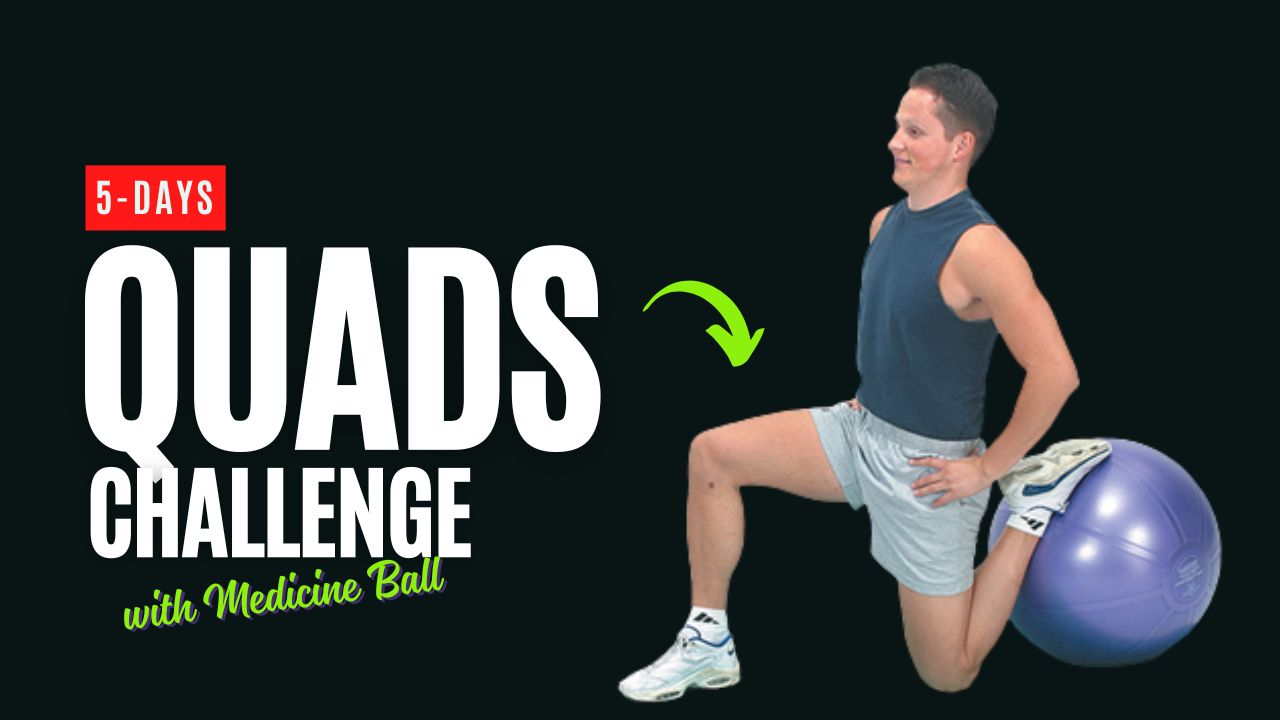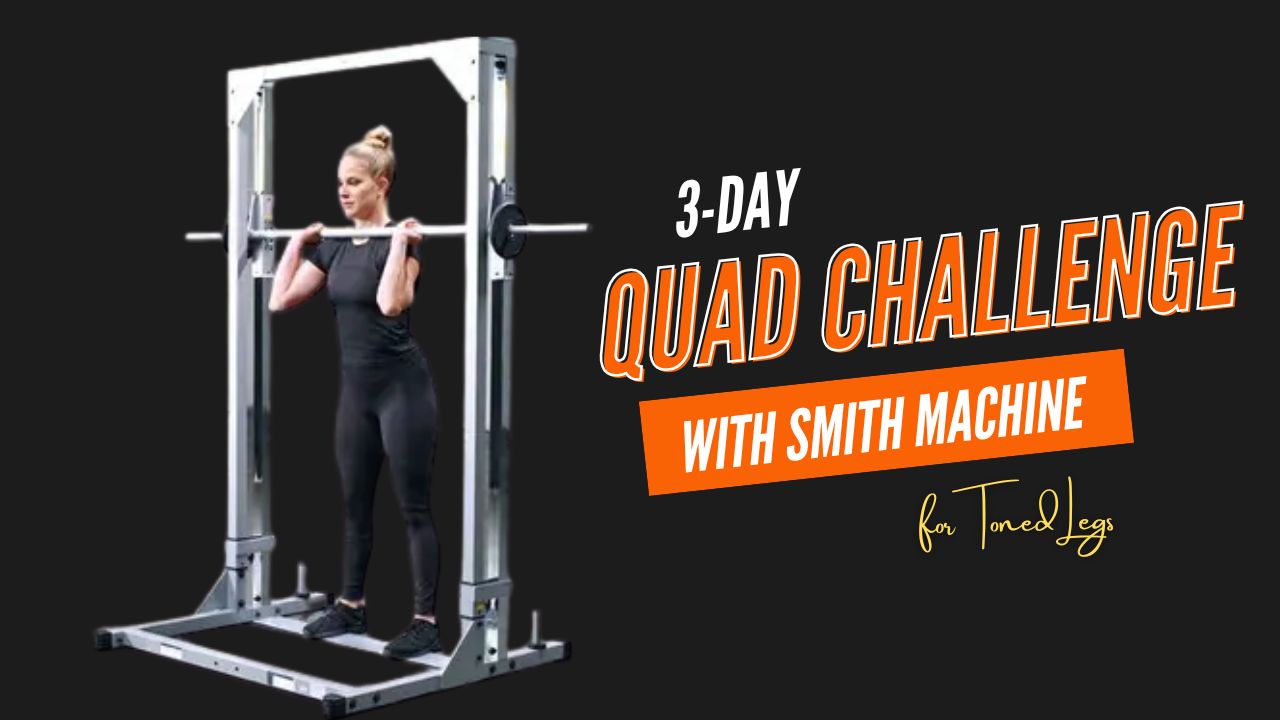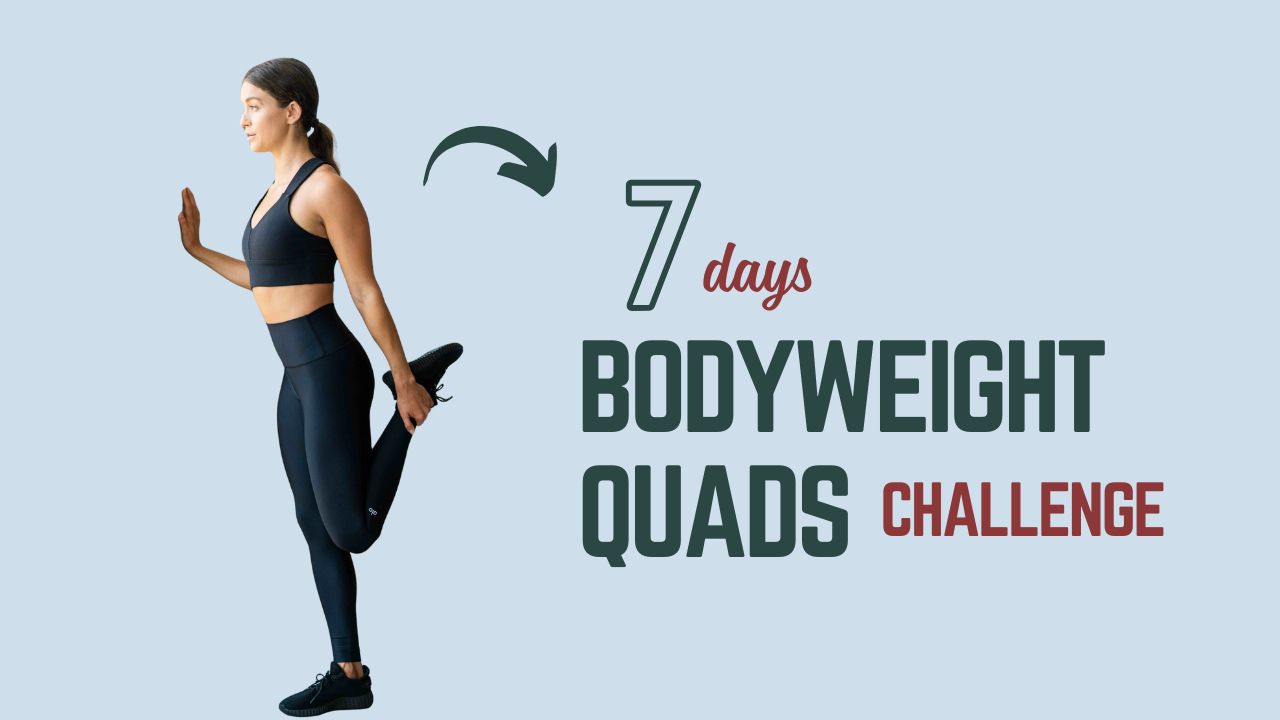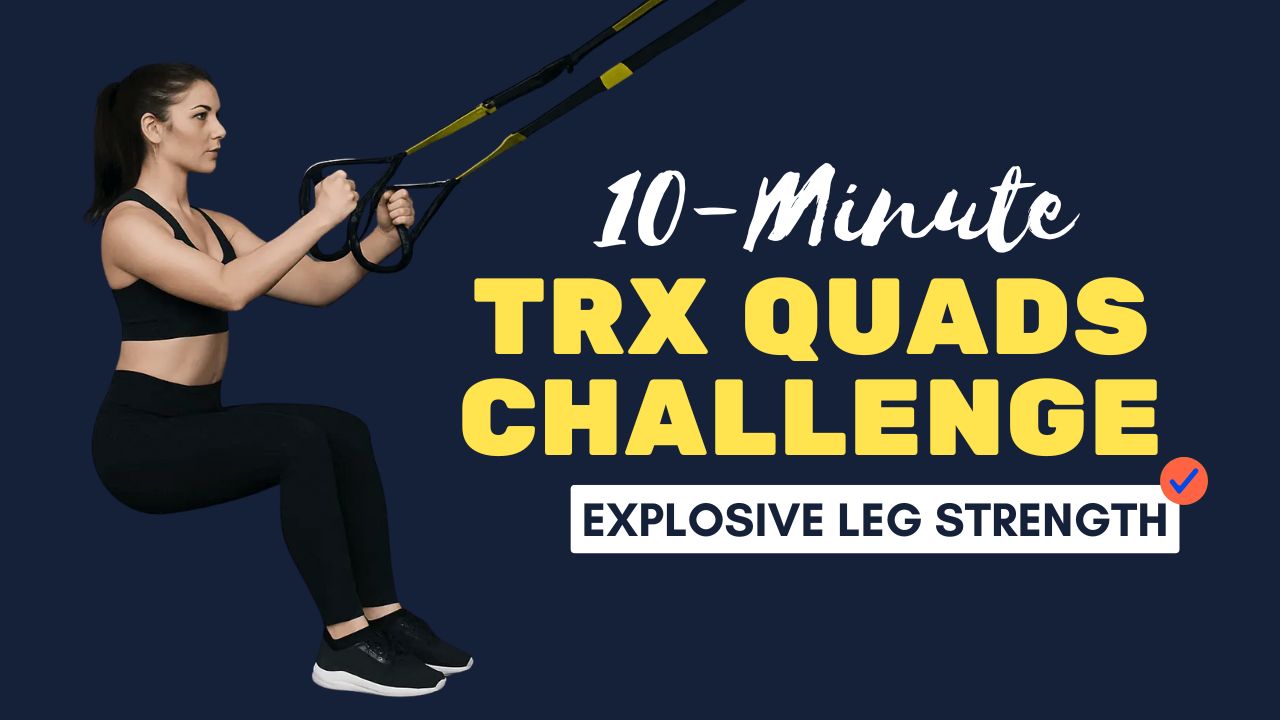Are you tired of nagging lower back pain or weakness holding you back from your workouts—or even your daily life?
Discover these powerful resistance band exercises that not only strengthen your lower back but also build a solid foundation for better posture, reduced pain, and improved overall performance.
Grab your band and let’s get to work—because a stronger back means a stronger you!
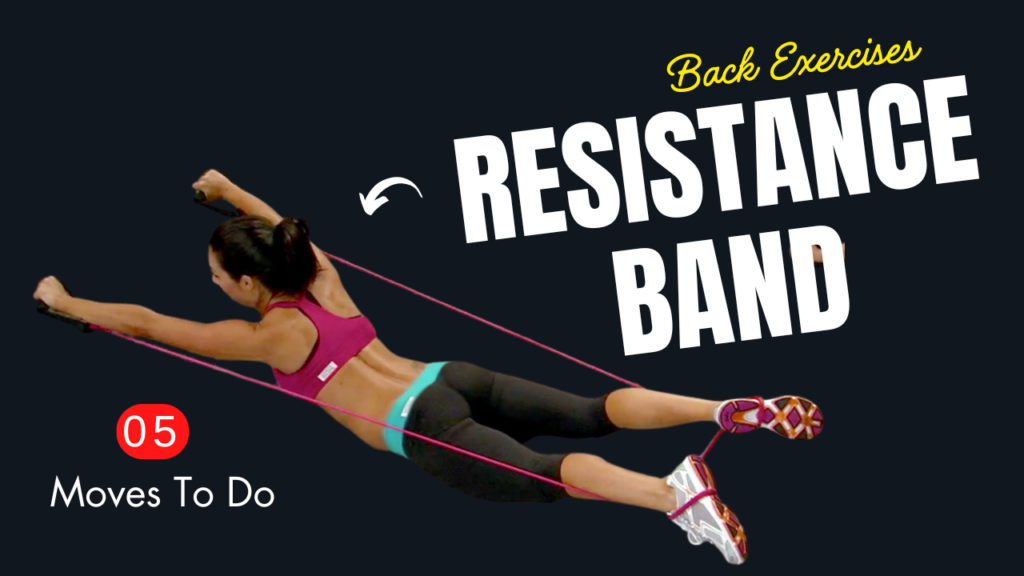
Table of Contents
What Can Happen After 30 Days of These Exercises
| Positive Changes You May Notice | Things to Watch Out For |
|---|---|
| Improved lower back strength and stability | Mild muscle soreness, especially in the beginning |
| Better posture and reduced slouching | Risk of overtraining if done daily without rest |
| Reduced lower back discomfort during daily tasks | Possible strain if exercises are performed with poor form |
| Increased core engagement and balance | Plateaus if you don’t gradually increase resistance |
| Enhanced hip hinge mechanics for safer lifting | Neglecting other muscle groups if you only focus on lower back |
Dos and Don’ts for Resistance Band Lower Back Exercises
| Do | Don’t |
|---|---|
| Warm up your back and hips before starting | Skip your warm-up or stretch |
| Use controlled, slow movements | Rush through exercises with jerky motions |
| Maintain a neutral spine throughout | Let your lower back round or hyperextend |
| Choose the right band resistance for your level | Use bands that are too heavy or too light |
| Focus on quality reps, not just quantity | Compromise form to complete more reps |
| Engage your core for stability | Let your belly sag or hips tilt excessively |
| Listen to your body and stop if you feel pain | Push through sharp or intense lower back pain |
Why Resistance Bands Are a Game-Changer for Your Lower Back
Before diving into the moves, it’s important to know why resistance bands are uniquely effective:
- They offer constant tension, which activates stabilizer muscles in your back.
- They’re joint-friendly, perfect for strengthening without heavy weights.
- They allow controlled, targeted movements, minimizing injury risk.
Did You Know? A weak lower back is a leading cause of poor posture and chronic pain—strengthening it can also reduce your chances of future injuries!
Top 5 Resistance Band Back Exercises
1. Resistance Band Good Mornings
How to do it:
- Stand on the middle of the band with feet shoulder-width apart.
- Loop the ends of the band over your shoulders, holding them securely.
- Keeping a slight bend in your knees, hinge at your hips and push your glutes back.
- Lower your torso until it’s nearly parallel to the floor while keeping your back straight.
- Engage your lower back and hamstrings to return to standing.
Why it helps:
This move directly strengthens your spinal erectors and teaches you proper hip hinge mechanics—critical for injury prevention during lifting or daily tasks.
2. Banded Deadlifts
How to do it:
- Stand on the band with feet hip-width apart, grabbing each end of the band in your hands.
- Keep your back flat and chest up.
- Push your hips back, then drive your hips forward to stand tall.
- Squeeze your glutes at the top.
Why it helps:
It mimics traditional deadlifts but with less spinal compression, making it perfect for those with sensitive lower backs or beginners.
Myth Buster: Many believe deadlifts are bad for your back, but done correctly, they’re one of the best ways to build back strength!
3. Resistance Band Pull-Throughs
How to do it:
- Anchor the band behind you at ankle height.
- Straddle the band facing away, holding the ends between your legs.
- With a flat back, hinge forward, pulling the band through your legs.
- Thrust your hips forward against the band’s resistance, squeezing your lower back and glutes.
Why it helps:
This move emphasizes glute and lower back engagement, teaching your body to generate power from the hips—key for sports and lifting.
4. Band Superman Extensions
How to do it:
- Lie face down, band secured under your feet with ends in your hands.
- Extend your arms forward with elbows slightly bent.
- Simultaneously lift your chest, arms, and legs off the floor against the band’s resistance.
- Hold briefly at the top, then lower with control.
Why it helps:
Strengthens deep spinal muscles and improves posture by training your lower back to stabilize your spine during movement.
Did You Know? The superman exercise not only works your lower back but also your glutes, shoulders, and upper back—giving you full posterior chain benefits!
5. Banded Bird Dogs
How to do it:
- Loop the band around your foot and hold the opposite end in your hand while in a tabletop position (hands and knees).
- Extend the banded leg backward and the opposite arm forward simultaneously.
- Keep your core tight and hips square to the floor.
- Return slowly to the starting position, then switch sides.
Why it helps:
A dynamic exercise for lower back stability, this move challenges your balance and strengthens muscles responsible for spinal alignment.
Wrapping Up: Your Stronger, Pain-Free Back Awaits
These 5 resistance band exercises target your lower back like nothing else—helping you build strength, enhance stability, and move with confidence.
Incorporate them into your routine 2–3 times per week, and you’ll soon notice a remarkable difference in how your back feels and functions.
Stay consistent, stay strong—and let your lower back be the foundation of your best self!
Frequently Asked Questions (FAQs)
Are resistance band exercises enough to strengthen my lower back?
Yes! Resistance bands provide constant tension, improve muscle activation, and can build significant strength in your lower back when performed consistently. They’re especially effective for beginners or those recovering from injuries.
How often should I do these lower back exercises with resistance bands?
For best results, perform these moves 2–3 times per week, allowing at least one rest day between sessions to give your muscles time to recover.
Do resistance bands really help with lower back pain?
Yes—strengthening the muscles supporting your spine can reduce or prevent lower back pain. However, if you’re experiencing severe or chronic pain, consult a healthcare professional before starting any exercise program.
Can I do these exercises if I have a herniated disc?
If you have a herniated disc or any serious back injury, you must check with your doctor or physical therapist first. Some of these moves may be safe, but professional guidance is essential to avoid worsening your condition.
What type of resistance band should I use for these exercises?
Use a long loop band or flat resistance band that’s durable and provides moderate resistance. Avoid overly light bands that don’t challenge your muscles or bands that are too heavy and compromise your form.

